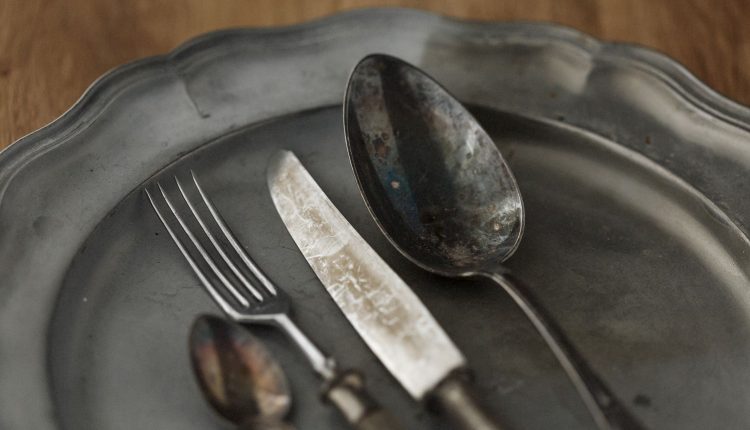How to Clean Silver Naturally Using Baking Soda and Other Green Ingredients
If you have a set of your grandmother’s silverware tucked deep inside a closet, you’re certainly not the only one. Old, tarnished silver doesn’t exactly lend itself to daily use, but when properly polished, antique or heirloom silver can be just the thing to elevate your next dinner party. But how do you get tarnished silver looking like new without using harsh chemicals?
The short answer is baking soda and aluminum foil. Thanks to a naturally occurring chemical process called ion exchange, salt, baking soda, aluminum, and water will remove the tarnish from your silver by transferring it to the foil.
We also have a couple of other methods to clean silver naturally, including a simple solution with baking soda and water and an easy rubbing alcohol option. Explore the methods below, try them out, and get your silver jewelry and utensils looking shiny and new again.
Baking Soda, Salt, and Aluminum Foil
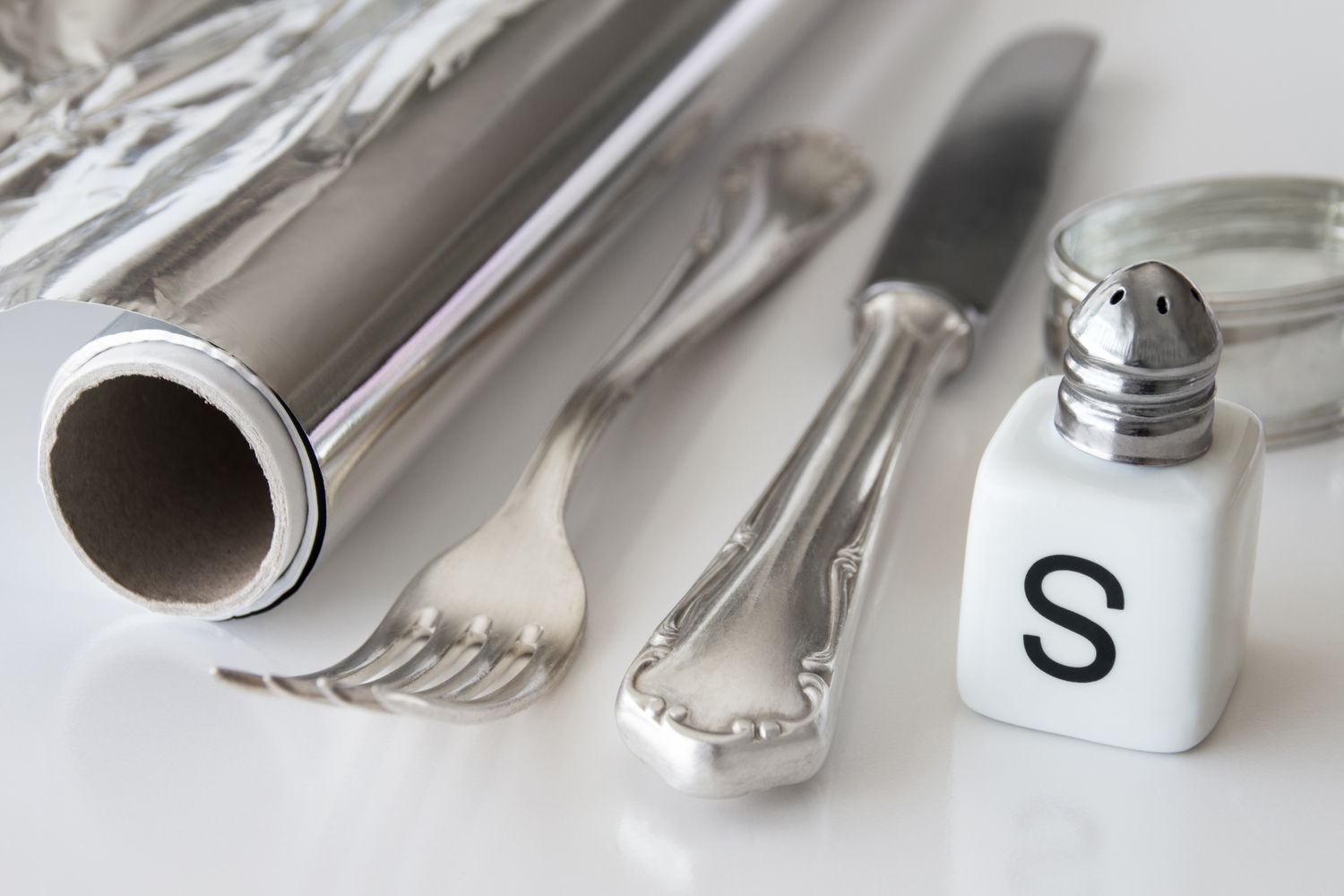
For this method you can use either a large piece of aluminum foil in a baking dish or an aluminum pan. You’ll also need a saucepan or kettle to boil water and a small rag or towel.
Ingredients
- 2 tablespoons table salt
- 2 tablespoons baking soda
- Water
Steps
- Heat several cups of water in a small saucepan. Remove from heat once the water reaches a light boil.
- Place enough aluminum foil in a baking dish to fully line it. You may also use an aluminum pan as an alternative.
- Put your silver jewelry or cutlery in the lined dish (or aluminum pan). Evenly distribute your silver across the pan making sure that the pieces don’t touch
- Dust baking soda and salt over each piece until it is lightly coated.
- Pour boiling water over your silver until it is fully coated, and leave soaking for 15 minutes.
- Using a non-metal utensil, rotate silver pieces periodically.
- Once cool, carefully remove your silver (try not to make additional contact with the foil), rinse with water, and dry with a clean rag.
If done properly, the tarnish from your silver should appear on the foil, leaving your jewelry or utensils polished and shiny. If you still see discoloration, simply repeat the steps above for a second soak.
As with the chemical reaction that produced the tarnish in the first place, this method of removal is also due to a chemical reaction between aluminum and silver. Because the aluminum is more active than the silver, it converts the tarnish into silver again.
Vinegar and Aluminum Foil
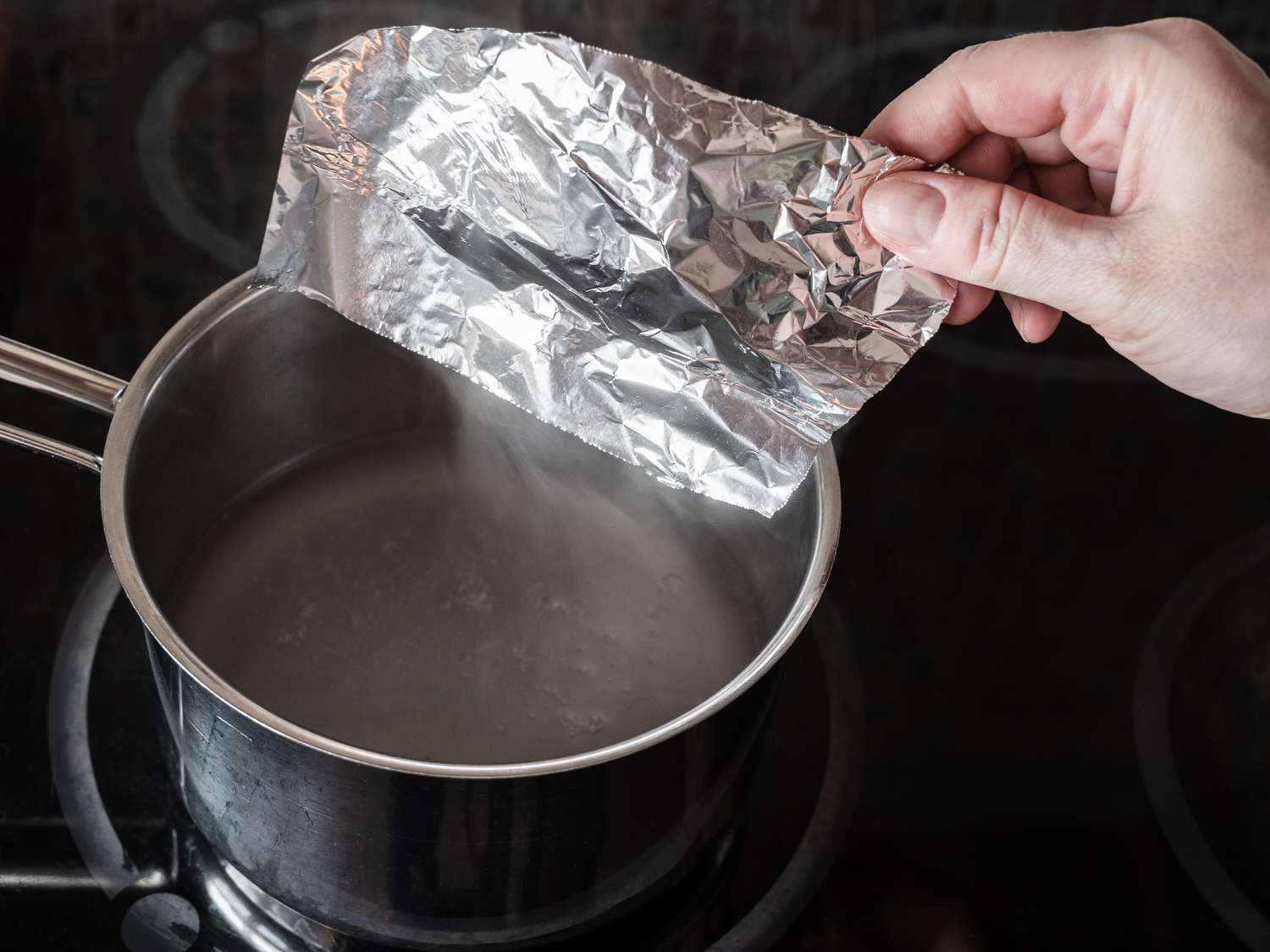
This simple method uses only two ingredients: vinegar and water. You’ll also need some aluminum foil, a small skillet or pan, and a rag or towel.
Steps
- Line a skillet with aluminum foil (make sure the shiny side faces up).
- Combine one quart of water with one cup of vinegar in the skillet and heat until boiling. (Maintain this ratio if you need to make a larger batch.)
- Put your tarnished silver items in the solution and leave to soak for five minutes.
- Turn off the stove and remove your silver once the water has cooled.
- Using a clean rag or towel, thoroughly dry your silver pieces.
Baking Soda and Water
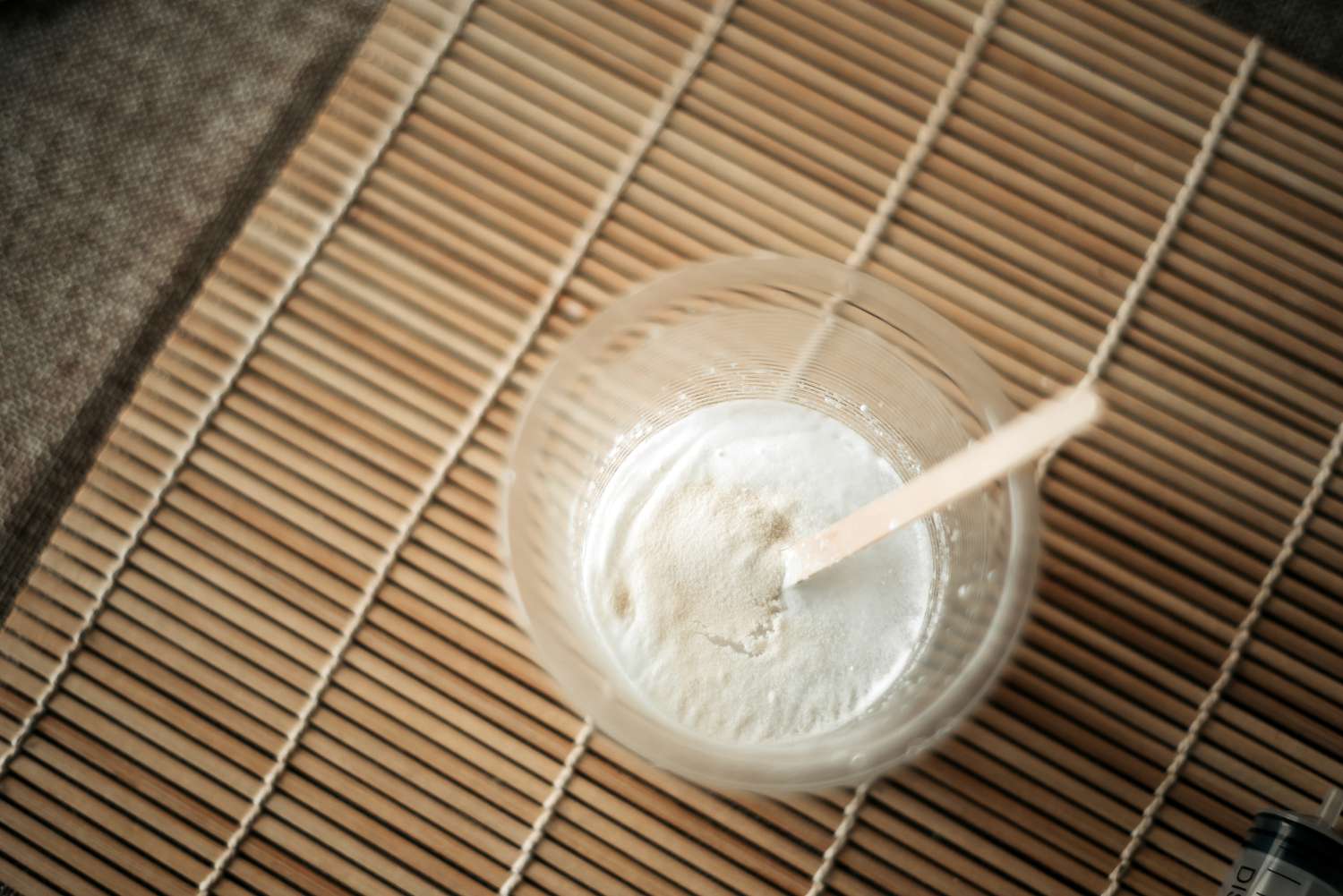
Instead of a chemical reaction, this method relies on abrasion—a physical process—to remove the tarnish.
Steps
- Mix baking soda and water in a small bowl until you have a paste-like consistency. Add more baking soda to thicken, or conversely, add more water to thin.
- Once the texture is right, rub your paste onto the tarnished silver until polished.
- For easy clean-up, polish over a towel.
Rubbing Alcohol
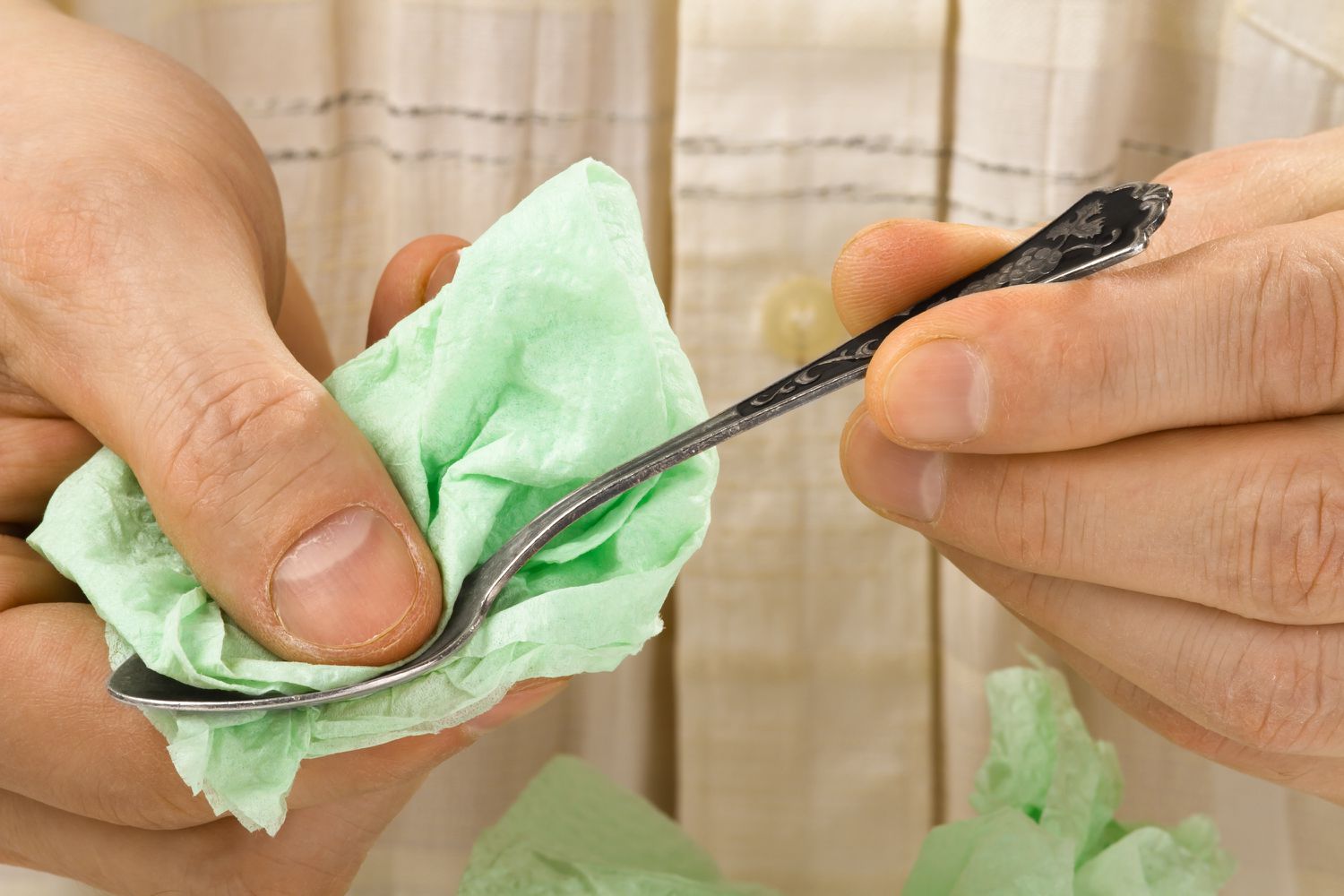
For less tarnished items, mix alcohol and water at a 1-to-4 ratio in a small bowl (1 tablespoon of alcohol to 4 tablespoons of water, for example). Use a clean rag to rub the mixture onto your silver. Once you’ve removed the discolored spots, use another cloth to dry your items.
Silver Care Tips
If you’re hoping to avoid having to clean your silver often, here are some recommendations for storing and protecting your favorite jewelry and silverware.
Jewelry
Store your favorite silver jewelry out of sunlight, in a cool and dark location. Consider purchasing anti-tarnish bags or making your own jewelry box liner for safe keeping.
Avoid storing multiple pieces of jewelry together, so that your necklaces, bracelets, and earrings don’t become tangled or scratched.
Silverware
Acidic ingredients like fruit juice, as well as sulphuric ones like eggs, can damage silver. If you use silverware to serve or consume any of these food products, make sure to clean it immediately after use, rather than letting them sit out.
Just like your jewelry, it’s best to keep silverware away from heat, humidity, and direct sun. A highly recommended storage method? Simply wrap your silver in a cloth (ideally unbleached cotton), place it in a reusable zip bag, and add a small piece of chalk to absorb any lingering moisture.
Other Metals
Other metals, like brass and copper, require their own specific cleaning techniques and care. But as with silver, skip the harsh chemicals, and opt for natural cleaning products instead.

